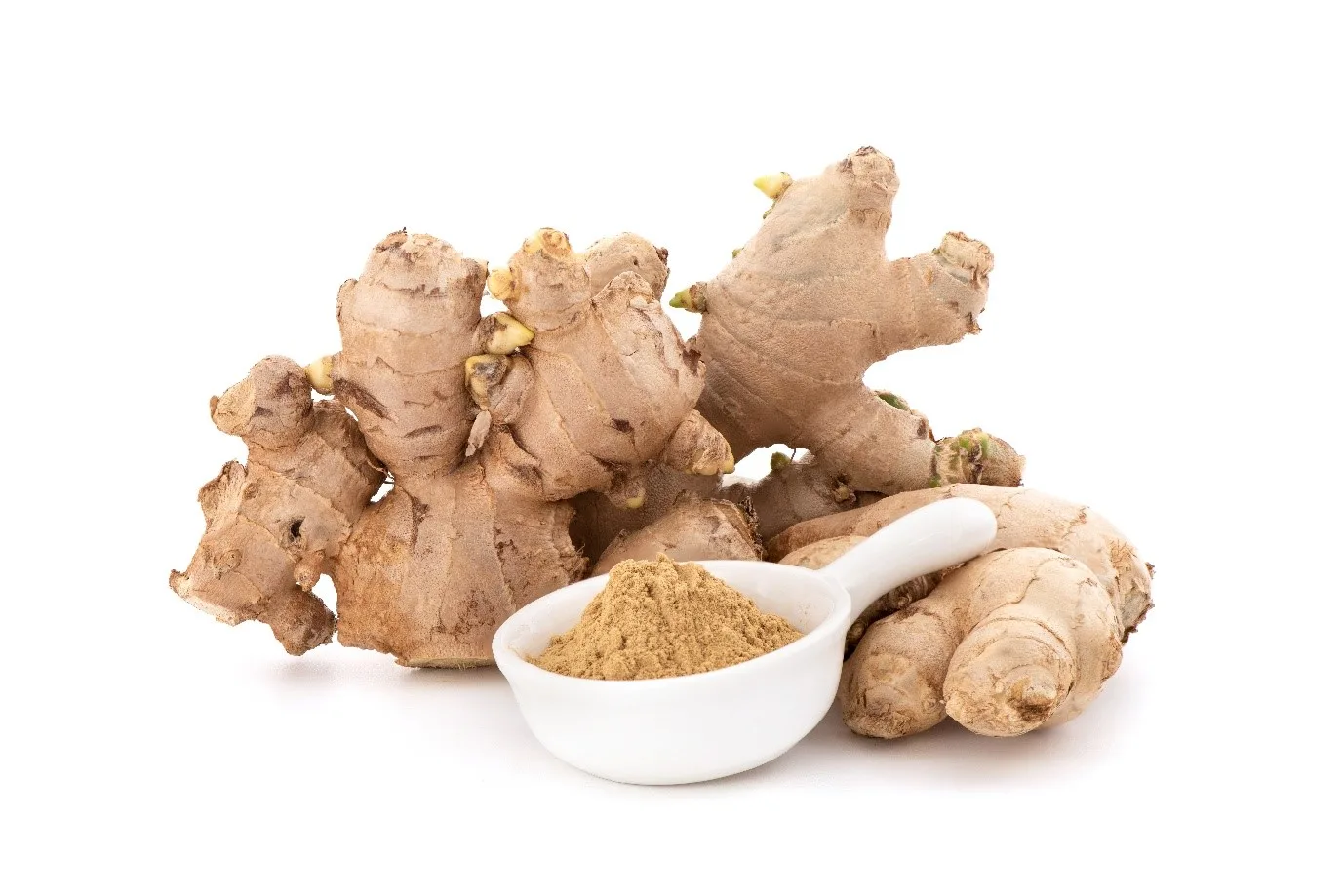IS GINGER EFFECTIVE IN REMOVING DANDRUFF?
Is ginger the answer for your dandruff troubles?

Ginger or adrak is a spice found in almost every home on the Indian subcontinent. You might have come across it in your masala tea, food or even a refreshing ginger ale. However, the use of ginger as a dandruff solution is quite uncommon but one that might be worth exploring.
Ginger comes from a flowering plant which grows extensively across Asia. The rhizome of the plant is what you use generally – the ginger root. It is closely related to cardamom and turmeric, being used in herbal and Ayurvedic medicines.
People have utilised ginger for nausea, joint or muscle pain, indigestion, lowering cholesterol levels, cold or flu, and even to improve cardiovascular health. This is usually based around consumption, but when using ginger for dandruff or hair trouble we need to first look at its intrinsic characteristics.
Ginger Benefits for Hair and Scalp
Using Ginger as a Dandruff Treatment at Home
Are there any risks of using ginger?
Ginger benefits for hair and scalp
The bioactive compound within ginger is known as gingerol, which plays a central role in the use of ginger for scalp and hair.
- It contains anti-inflammatory properties.
- Is antioxidant in nature which can reduce oxidative stress and premature ageing.
- Has an anti-bacterial and anti-fungal effect.
- Can offer pain relief and is useful for burns.
- Said to boost blood circulation which brings nutrients to your scalp.
- It can give you relief from itching.
All these properties help to justify the use of ginger for dandruff. The cause of dandruff is an oil build-up on your scalp and a naturally occurring fungus known as Malassezia Globosa. If your scalp starts producing excessive oil or you are unable to get rid of the build-up, the fungus gets to work and feeds on this oil. It breaks down the oil into fatty acids that you might react with, leading to an itchy scalp, redness and flaking of your skin.
If you choose to use ginger on your scalp, it can possibly reduce the growth of this fungus and give you pain relief from the itching. It can also reduce redness due to its anti-inflammatory nature.
Using ginger as a dandruff treatment at home
Ginger can be used in various forms - dried, pickled, powdered, juice or oil. It depends on what you’re planning on doing with it and how your body reacts. There are various dandruff home remedies that use ginger for dandruff, but it is important to test out what works for you. Many of these are anecdotal combinations and should be approached carefully.
Ginger oil –
This is commonly found in the market and can be used to calm down any itching, while reducing the impact of the fungus. You should dilute it with a carrier oil like coconut oil or olive oil, before applying it to your scalp and hair. Leave it for about 20 to 30 minutes and then wash with a gentle shampoo.Ginger juice –
There are multiple ways of preparing this. You can cut and directly apply the inner part of the root onto your scalp, allowing the natural juice to work. Or you can create a puree of ginger and then apply it. Another way is to slice or grate ginger, before boiling it. Strain and filter the liquid, allowing it to cool down. Apply this to your scalp as a cleanser with the aim of reducing your dandruff. You can even wash with a gentle shampoo after.Lemon juice with Ginger –
Ginger and lemon is a common combination in herbal teas, but it can also be useful on your scalp. It can potentially break the oil build-up and calm down any itching. You can create a mixture of lemon juice and ginger (or swap it with ginger juice). Add a bit of olive oil and apply it to your scalp. Leave it for 20 minutes and then wash with a shampoo thoroughly.Baking soda, Ginger juice, and Honey –
Create a mixture of these and apply it to your scalp for 20 minutes. Wash with a gentle shampoo which does not interact with the ingredients. It is claimed that this concoction can have an anti-fungal effect and works as an exfoliant on any oil build-up.Aloe Vera and Ginger juice –
Create a consistent mixture of these aloe vera and ginger juice and a carrier oil, before applying it to your scalp. Leave it for about 30 minutes and then wash with a shampoo. This can possibly clear the build-up on your scalp and curb the spread of any fungus.Apple Cider Vinegar and Ginger –
You’ll find different cleansers or oils with this combination, so you might be tempted to try it at home. It is said to calm down itching, stop fungal growth, and get rid of any build-up. You should add a carrier oil to dilute this. Apply for 15 minutes and then wash with a shampoo.Are there any risks of using ginger?
Ginger is a common household product but applying it on your scalp can have unintended consequences. Before choosing this root, you should know its side effects.
Allergic reactions –
These are common and might affect you. Conduct a patch test by applying a small amount on your body to see if there is any reaction.Hair growth –
Certain studies have shown that ginger can inhibit hair shaft growth. This goes against claims of using ginger for hair growth.Anecdotal claims –
Most of the hair mask recipes in circulation have little efficacy to back them up. Studies exist, but they’re limited.Ginger extracts –
Do not consume ginger extracts that are meant for topical application. These can cause problems for your body.Quantities –
Since it’s not an exact science, you should be careful with the quantities that you use. Excessive use of certain ingredients can lead to other side effects.
If you need a faster solution, an anti dandruff shampoo might be the answer. There are products that can get rid of visible dandruff flakes and prevent them from returning, like the Head and Shoulders Neem. Or if you want a richly indulgent anti dandruff shampoo for your dry and damaged hair, you can use the Head and Shoulders Smooth and Silky which has the benefits of shampoo and conditioner in one product. Using ginger for scalp dandruff might not be the ideal solution for you, but these shampoos might.



